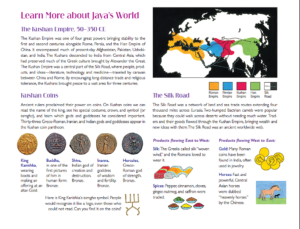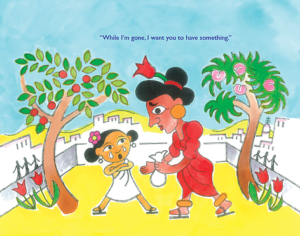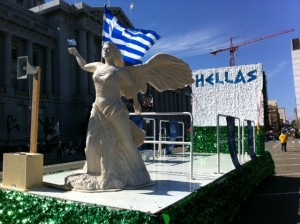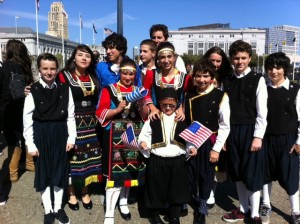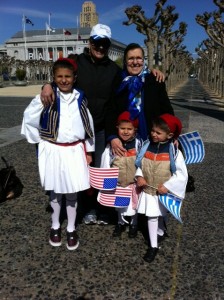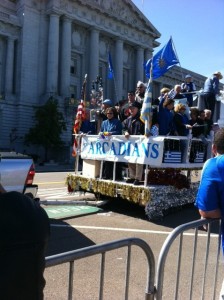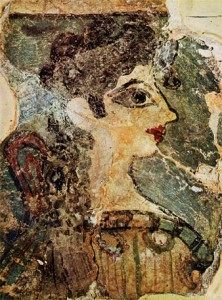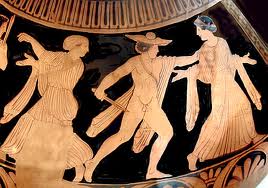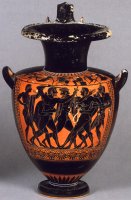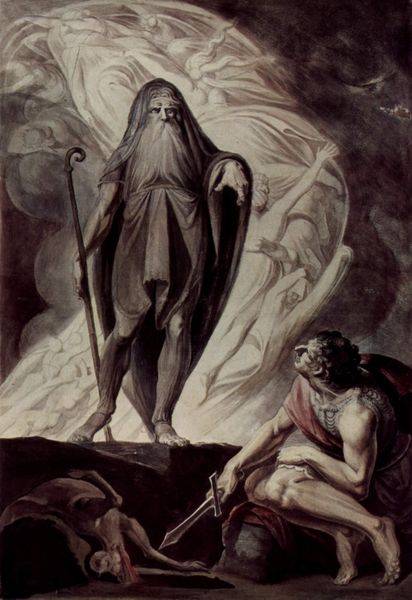Click here for direct link to audio Episode #28. 
Click here for previous episodes.
Redux: brought back or restored; from the Latin “reducere”, meaning to “bring back”. This episode is our final installment of the five-part series on Odysseus in the Underworld. Tech difficulties required a “re-broadcast”. So—enjoy! And please make time for a little Gilbert Murray in your life. You will not regret it. I am waiting for one of his books, The Five Stages of Greek Religion, to arrive in the post. Can’t wait!
Next week begins a series on the periods of Greek history.
The Rise of the Greek Epic, by Oxford’s famous classicist Gilbert Murray, was first published in 1907. It is one of the smoothest reads I have ever encountered and Murray’s erudition is tempered with the charm of the everyday. He is genuine. I wish I could have known him. This Australian-born Oxford scholar once taught Greek at the University of Glasgow. He refused a knighthood in 1912, and was a friend to one of my all-time favorite rebels, George Bernard Shaw. Murray’s daughter, Rosalind, was a writer and married Arnold Toynbee, the famous historian. Ah, the good old days, when the mind was more important than the toys you had….
On the right is a photo of Gilbert Murray taking a break from reading, by Alfred Eisenstaedt (whose birthday is the same as mine: December 6).
From The Rise of the Greek Epic:
“Among the pre-Greek populations the most prevailing and important worship was that of the dead….But the men of the Migrations had left their father’s graves behind them….At times like these of the Migrations it was best not to bury your dead, unless indeed you could be sure of defending their graves….(the enemy) can dig up some of your fallen comrades from their graves….There is hardly anything in Greek antiquity which is so surrounded with intense feeling as this matter of the mutilation of the dead….There was one perfect way of saving your dead from all outrage. You could burn them into ultimate dust.”
This, then, is why you have burial practices and funereal burning existing side by side in ancient Greece. This also puts into perspective the horror with which both Greeks and Trojans looked upon Achilles’s treatment of Hector’s dead body. And, gives me more reason to hold Odysseus in contempt for leaving Elpenor’s body unburied on Circe’s island! This is an outrage!
Today’s episode is all about death and the underworld in ancient Greece. Fascinating and useful info for all you ancient world groupies out there, as death abounds in Homeric epic and Athenian tragedy. Enjoy! And check out Gilbert Murray!
